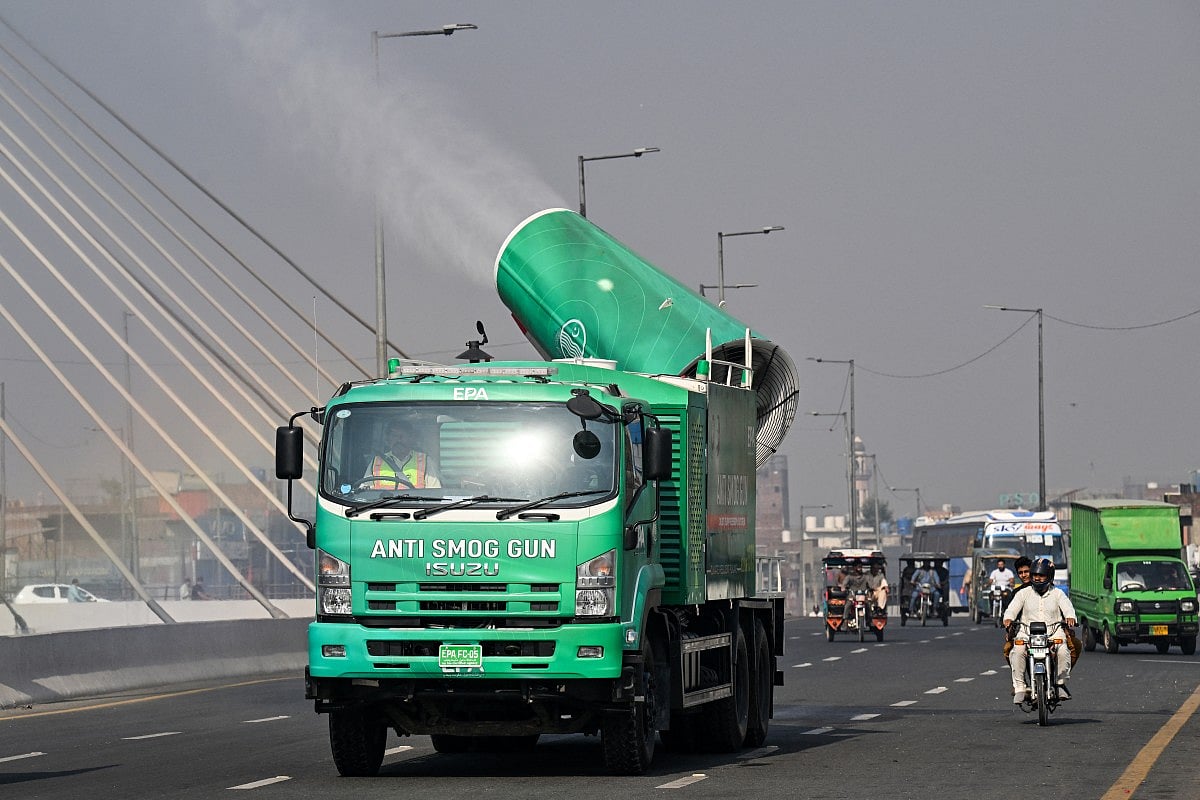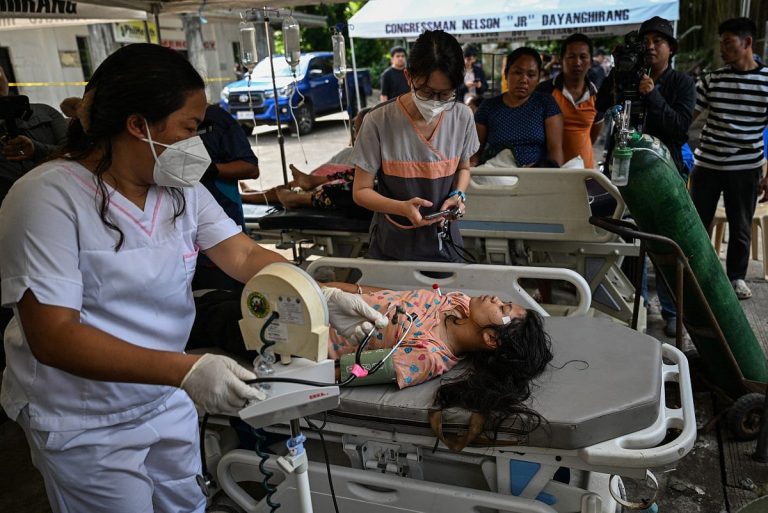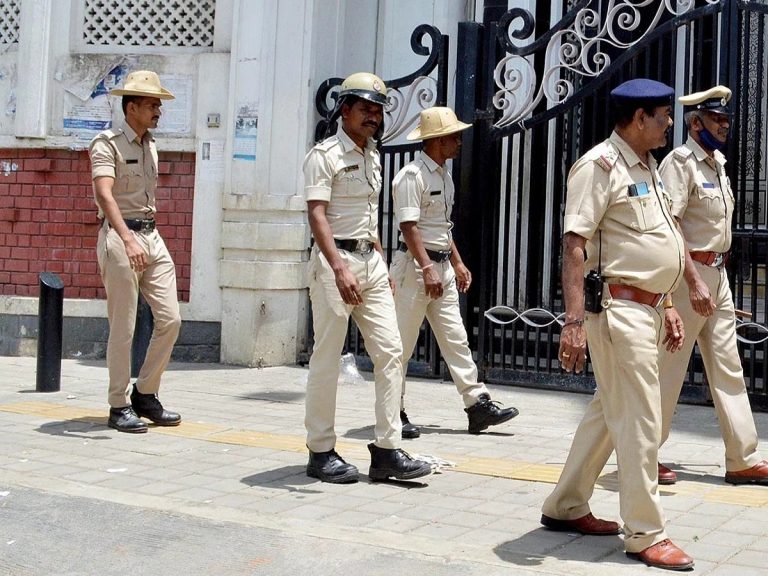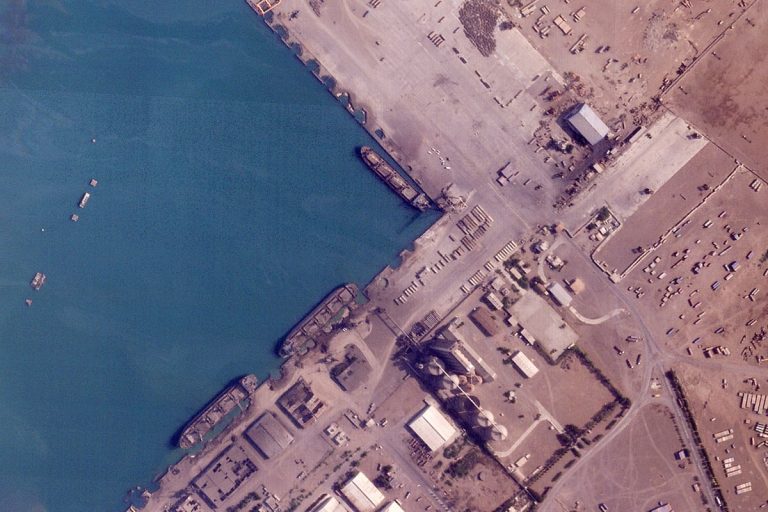Lahore Launches Anti-Smog Guns to Fight Air Pollution
As Lahore faces another winter of severe air pollution, authorities have implemented a new strategy to tackle the city’s notorious smog. Mobile anti-smog guns, designed to spray a fine mist, have been deployed throughout the city to capture dust and particulate matter, aiming to improve air quality for residents.
Deployment of Anti-Smog Guns
The Punjab Environment Protection Agency has rolled out 15 truck-mounted anti-smog units in Lahore. Each unit is equipped with a 16,000-litre water tanker and can project mist nearly 100 meters into the air. This mist helps to bind with harmful airborne particles, causing them to fall to the ground and reducing overall pollution levels.
Lahore’s Pollution Crisis
Once celebrated as the “City of Gardens,” Lahore has become one of the most polluted cities globally. The air quality in major urban areas of Punjab, including Gujranwala and Faisalabad, has reached hazardous levels. While the introduction of anti-smog guns is a step towards alleviating the immediate effects of pollution, experts emphasize that sustainable change will require stricter emission regulations and long-term environmental policies.
Previous Attempts and Challenges
In 2022, an artificial rain experiment aimed at clearing the haze proved ineffective, leaving residents to cope with persistent air quality issues. The current initiative represents a renewed effort by authorities to address the ongoing crisis, although experts remain cautious about its potential for lasting impact.
FAQs
What are anti-smog guns?
Anti-smog guns are mobile units that spray a fine mist of water into the air to capture dust and particulate matter, helping to reduce air pollution.
How effective are these guns in improving air quality?
While they can provide temporary relief by pulling harmful particles to the ground, experts warn that lasting improvements will require comprehensive emission control measures.
Why is Lahore’s air quality so poor?
Lahore’s air pollution is attributed to various factors, including industrial emissions, vehicle exhaust, and seasonal crop burning, leading to hazardous air quality levels.
Conclusion
The deployment of anti-smog guns in Lahore marks a proactive approach to combat the city’s severe air pollution. While this initiative may offer temporary relief, long-term solutions will be essential to ensure sustainable improvements in air quality for residents. Authorities must continue to explore comprehensive strategies to address the root causes of pollution.
The air quality crisis in Lahore is exacerbated by several factors, including rapid urbanization, population growth, and inadequate infrastructure. As one of the largest cities in Pakistan, Lahore has seen a significant increase in vehicle numbers, which contributes to higher levels of emissions. Additionally, industrial activities in and around the city release pollutants that further deteriorate air quality. Seasonal agricultural practices, particularly the burning of crop residue in neighboring regions, also play a critical role in the formation of smog during the winter months.
The health implications of poor air quality are severe, with studies linking high levels of air pollution to respiratory diseases, cardiovascular problems, and other health issues. Vulnerable populations, including children and the elderly, are particularly at risk. The World Health Organization has consistently highlighted the dangers of air pollution, emphasizing the need for immediate action to protect public health. In response to these challenges, local authorities have been urged to prioritize environmental health and invest in cleaner technologies and infrastructure.
In addition to the deployment of anti-smog guns, Lahore’s government has been exploring various initiatives aimed at reducing pollution. These include promoting public transportation, encouraging the use of electric vehicles, and implementing stricter regulations on industrial emissions. However, the effectiveness of these measures will depend on sustained political will and public cooperation. Community awareness campaigns are also critical in educating residents about the importance of reducing pollution and adopting environmentally friendly practices, such as minimizing waste and conserving energy. As Lahore continues to grapple with its air quality crisis, a multifaceted approach that combines immediate relief efforts with long-term strategies will be essential for achieving a healthier environment.
Also Read:
Dubai Launches Circle Dubai for Sustainable Waste Management
NMDC Energy Reports 33% Revenue Growth in 2025
RTA’s Role in Transforming Dubai’s Urban Mobility







